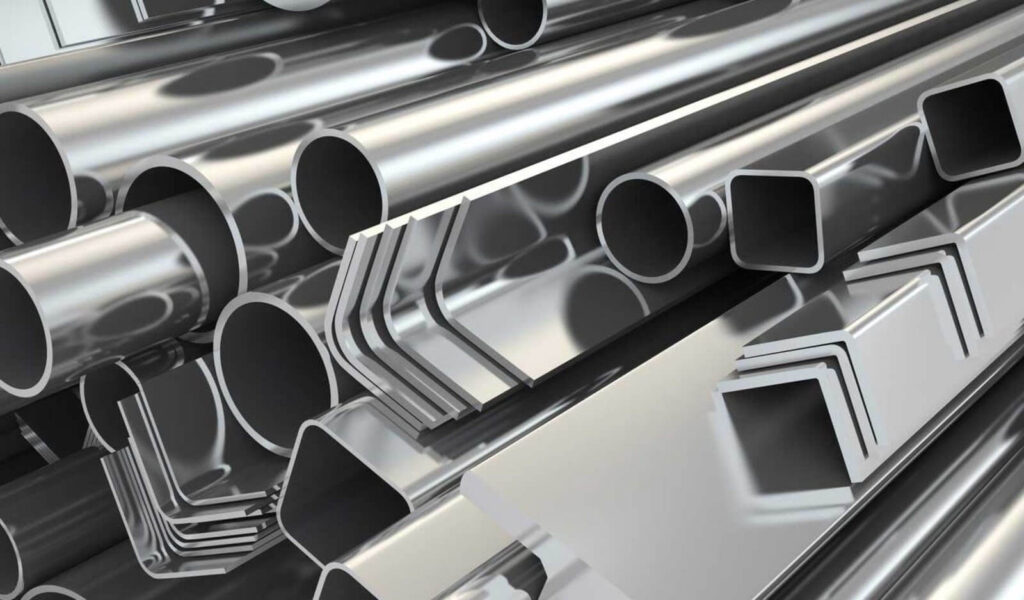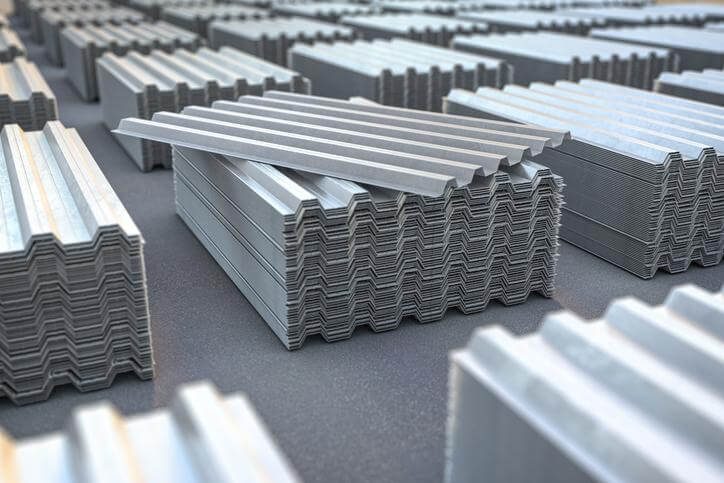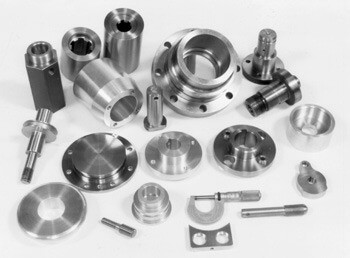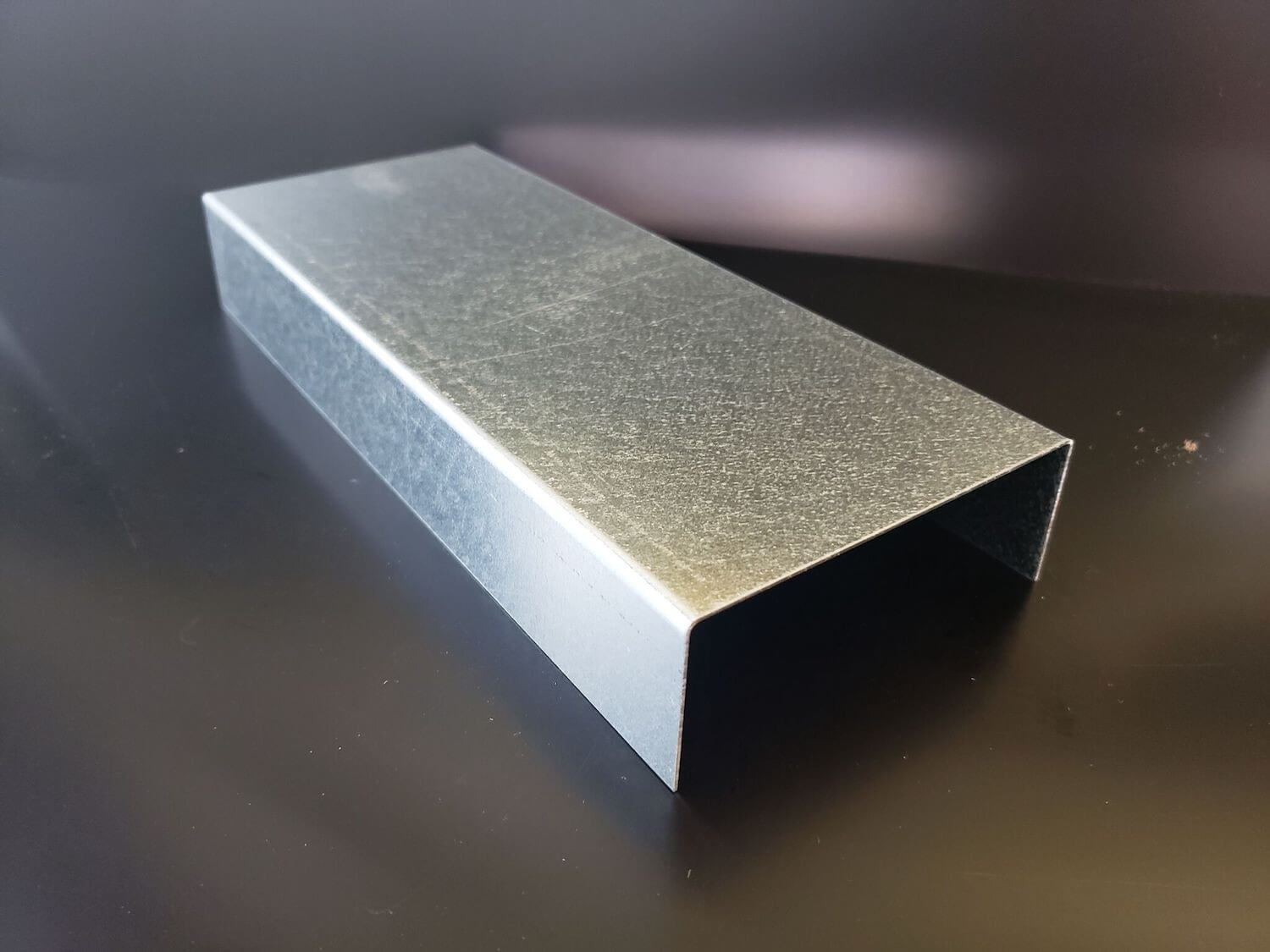Introduction to Types of Galvanizing and Advantages
Choosing the metal for your product is one of the biggest decisions you will make for your project. The metal you choose will impact the durability, cost, and overall success of your project. Steel is a good choice for outdoor metal environments that need to be rust and corrosion resistant. However, not all steel is rust resistant. Stainless steel and galvanized steel are two types of steel that have rust and corrosion resistant properties. Galvanized metal is one of the most popular and versatile metal finishes. The versatility of this metal makes it suitable for a wide range of applications in different industries, including the automotive, solar, electronics, and construction industries.
1.What is galvanized steel?
Compared to stainless steel, which changes the chemical composition of the steel (by adding chromium), galvanized steel simply applies a coating to the original steel. The applied coating is made of zinc, which creates a barrier between the steel and moisture in the air, effectively isolating it from elements that can cause rust. The zinc layer is soft and sacrifices itself to protect the metal inside from scratches, corrosion, etc. Galvanizing is highly sustainable and produces minimal waste.

2.Different Methods of Galvanizing
1) Hot Dip Galvanizing
As the name suggests, this method is performed by dipping the base metal into a zinc bath. Before the actual galvanizing, the machinist must clean the base metal either chemically, mechanically, or both. Cleaning is a preparatory process to ensure a quality bond between the metal and the zinc coating. After cleaning, the metal is melted to remove any residual oxides.
In this method, the steel or iron is immersed in a zinc bath and the temperature of the zinc is maintained at about 860°F (460°C). The bath initiates the metallurgical bond between the zinc and the receiving metal. Once the metal is removed from the bath, it reacts when exposed to the atmosphere, where the pure zinc mixes with oxygen to form zinc oxide. The zinc oxide further reacts with carbon dioxide to form zinc carbonate, which forms the final protective coating on the material. The new coated material can be processed and treated in a similar manner to the uncoated material. Galvanized steel can be used for high temperature applications up to 392°F, but use above this level will cause the zinc carbonate layer to flake off.
Hot-dip galvanizing is an economical option that can be done quickly on both simple and complex shapes.
2) Galvanizing Annealing
Galvanizing is a combination of hot-dip galvanizing and annealing processes. The process is designed to produce galvanized steel with a special coating. Annealing and hot-dip galvanizing processes occur simultaneously to produce a matte grey finish.
The hot-dip process is usually carried out before the coated metal passes through an air knife. The air knife helps remove excess zinc from the metal. The metal is then briefly heated in an annealing furnace to 500 to 565°C. The zinc and iron layers then diffuse into each other to form a zinc-iron alloy.
Galvanized steel sheets produced by this method are able to withstand welding very well, and the surface guarantees excellent paint adhesion.

3) Pre-galvanizing
It is also similar to the hot-dip galvanizing method, but it is carried out in the first stage of production. Pre-galvanizing is a process in which the metal sheet is rolled through a cleaner to quickly prepare the material for galvanizing. The metal then passes through a bath of molten liquid zinc and is immediately rolled back. The main advantage of this method is that the steel coils can be galvanized quickly, on a large scale, and with a more uniform coating compared to the traditional hot-dip galvanizing method.
However, when starting to manufacture pre-galvanized metal, some uncoated and exposed areas may occur. For example, when a long metal coil is cut into small pieces, the edges are exposed.
4) Electrogalvanizing
Galvanizing is one of the most unique of the above methods and does not involve dipping the material into a vat of molten zinc. Instead, an electric current is introduced into an electrolyte solution coated on the steel, reducing the positively charged zinc ions to zinc metal, which is then deposited on the positively charged steel. Like pre-galvanizing, this method is usually performed in the first stage of production.
3.Advantages of Galvanized Steel
1) Economic Benefits
The overall cost of galvanizing is lower than other coatings. If you want to save money on your construction project, you need to make sure you switch to galvanized steel as soon as possible.
2) Durability
Coating life and performance are reliable and predictable. You will find that one of the biggest advantages of galvanized steel is that it is more durable than ordinary steel. The coating helps protect the material and reduces the possibility of corrosion.
3) Less Maintenance
Galvanized steel has a much longer service life than other materials and requires less maintenance. In the long run, this will save you time and resources that you can better use to maintain your projects and materials.

4) Hardest Coating
The galvanized coating has a unique metallurgical structure that provides excellent resistance to mechanical damage during transportation, installation, and service. It is one of the toughest coatings on the market today, allowing you to use it in harsh weather conditions and conditions.
5) Comprehensive protection
Every part of the galvanized product is protected, even in grooves, sharp corners and unreachable areas. Any coating applied to the structure or fabrication after completion does not provide the same protection.
6) Easy inspection
Galvanized coatings are easy to evaluate with the naked eye, and simple non-destructive thickness test methods can be used. The galvanizing process is such that if the coatings appear to be complete and continuous, then they are complete and continuous.
7) Fast application
The galvanizing process is not affected by weather conditions. It can be completed in a few minutes and provide a complete protective coating at any time of the year. This is especially important for people living in areas with changing weather conditions.
8) Faster installation time
Galvanized steel components are ready to use upon receipt, without the need for on-site surface preparation, painting, inspection, and can be put into use or enter the next construction phase immediately after the structure is assembled.
